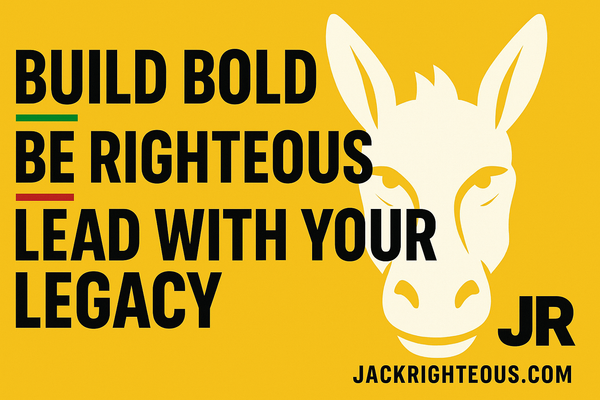What Are GPT Knowledge Files?
Gary WhittakerWhat Are GPT Knowledge Files (And Why They Matter for Creators)
✍️ If You’re Building a Custom GPT, This Might Be the Most Important Step You Overlooked
In Part 1 of this series, we talked about why creators should build their own GPTs — and when to make them public.
But there’s one piece that separates a cute experiment from a high-functioning, brand-aligned tool:
Knowledge files.
They’re what teach your GPT how to think like you.
They’re also what make your GPT useful to other people — which becomes critical if you ever want to use it publicly or professionally.
🔍 So… What Are Knowledge Files?
A knowledge file is any document (PDF, TXT, DOCX, CSV) that you upload when building your GPT. It can contain:
-
Brand tone and philosophy
-
Message frameworks
-
Structural rules (like how you format lyrics or blog content)
-
Strategic logic (like your approach to audience building or monetization)
-
Past content samples, playbooks, or guides
Once uploaded, your GPT can reference that file in conversation — not word-for-word, but in behavior, logic, and tone.
🎯 Why Do Knowledge Files Matter?
Here’s what makes them so powerful:
✅ 1. They turn generic answers into on-brand strategy
Without a file, GPT just makes educated guesses.
With one, it speaks with your tone, uses your method, and respects your values.
✅ 2. They save you from repeating your process
Tired of explaining your system over and over?
Put it into a knowledge file once. Now it’s a scalable, searchable asset.
✅ 3. They build the foundation for public utility
Want your GPT to be useful to others? Give it structure, not vibes.
Public GPTs that don’t have knowledge files often produce surface-level, forgettable content.
🗂️ Types of Files Creators Might Use
Here are examples of what creators can upload (even if you're not techy):
| Use Case | File Type | Example |
|---|---|---|
| Brand Tone & Voice | TXT or PDF | “Brand Identity Guide” or “Message Style Sheet” |
| Structural Templates | TXT or CSV | Post format rules, lyric structures, landing page flows |
| Strategy Playbooks | 4-week launch rhythm, email storytelling structure | |
| Keyword or Hashtag Libraries | TXT or CSV | For use with SEO, metadata, or social content |
📌 Real Examples From My Creator GPTs
Here’s how I use knowledge files in my live tools:
✍🏽 JR Righteous Lyrics Lab
-
Uploaded lyric structure templates
-
A formatting guide for Suno AI-compatible sections
-
A style-tag system to match tone, mood, and theme
🧱 JR Brand Identity Architect
-
A creator type framework
-
Messaging alignment prompts
-
A clarity-building sequence to help users define their voice and audience
🗓️ JR Content Strategy Planner
-
Platform-agnostic content mapping
-
Audience-stage alignment tables
-
Weekly posting logic based on creator capacity
Each one of these files gives the GPT real guidance on how to act — so it doesn’t just sound smart, it’s actually useful.
🧠 Best Practices for Beginners
You don’t need fancy tech. Start with this:
-
Write your process out like you were teaching someone new
-
Save it as a clean
.txtor.pdf -
Upload it to your GPT and test how it responds
-
Tweak the doc if it misinterprets tone or structure
-
Add new files as your system evolves
The goal isn’t to “stuff” your GPT with info.
The goal is to teach it how to make the right decisions — just like you would.
🔗 Want to See Knowledge Files in Action?
Try these 3 live GPTs — each trained with real creator logic and support files:
These aren’t “prompt packs.”
They’re structured tools.
And knowledge files are what make them powerful.
🧩 Coming Next in the Series:
-
When to Go Public vs Private With Your GPT
-
How to Connect GPTs to Your Business
-
How GPTs Power AI SEO (With Real Examples)
Until then — test what you’ve got.
Teach it with intention.
And start building systems that scale with clarity.
